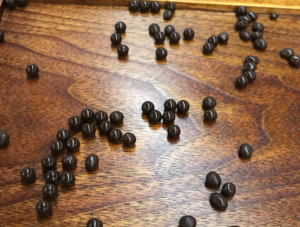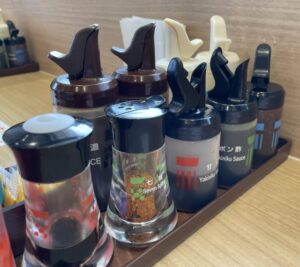The History of Medicine (2) - The Legacy of Yagen: Traditional Medicine’s Essential Tool

Have you ever heard of the Yagen (薬研)? This traditional pharmaceutical tool, resembling a small boat with a rotating wheel inside, has played a significant role in the history of medicine across East Asia. Often referred to as a "chemist’s mortar" in English due to its unique design, the Yagen is both an ingenious and aesthetically pleasing piece of equipment.
A Crucial Tool in Traditional Medicine
The Yagen has been widely used throughout history for grinding medicinal herbs and extracting medicinal extracts. In Japan, China, and Korea, this tool has been instrumental in traditional medicine, serving functions similar to modern pharmaceutical grinding machines. Known as "yàoniǎn" (药碾) in China and "yagyon" (약연) in Korea, this tool has been vital in ensuring the health and well-being of communities for centuries.
The Yagen’s Influence Beyond Medicine in Japan
Interestingly, the impact of the Yagen extends beyond medicine. In Tokyo, Japan, there is a district named "Yagen-bori" (薬研堀), which traces its origins back to the Edo period (1700s). This area was historically home to physicians and pharmacists who used the Yagen to prepare medicinal treatments, ultimately giving the district its name. The Yagen’s influence can even be seen in Japanese culinary traditions, as it played a key role in the development of Shichimi Togarashi (七味唐辛子), a famous seven-spice blend known for its balance of heat and aromatic freshness.
Rediscovering the appeal of traditional pharmaceutical tools
While modern pharmacies have largely replaced the Yagen (薬研) with advanced grinding machines, its legacy remains deeply ingrained in Japanese medical history. As we explore traditional pharmaceutical equipment too, we aim to shed light on the tools and techniques that have shaped modern medicine.


